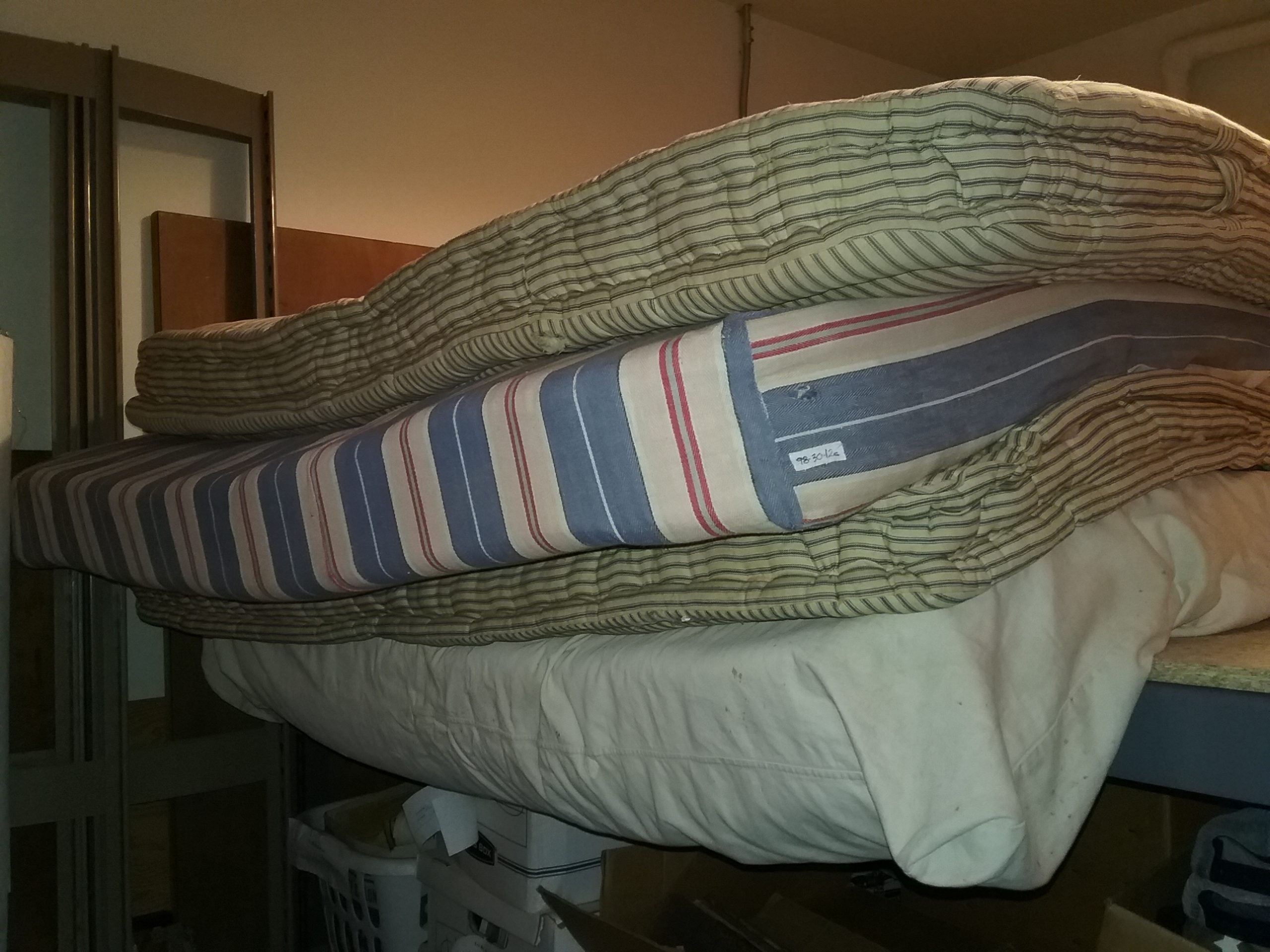The Morrison County Historical Society has taken on a writing intern this fall. While we have had numerous interns in the past who have worked with the collections, research, or other museum-related tasks, we have never had an intern who was focused solely on writing. When it comes to finding and researching writing topics, history museums are a great place to be! MCHS staff have barely covered the many, many, many topics to be found within our collections.
We are pleased to welcome Ray Mulvey as our first writing intern. Ray is finishing up his degree in English at the College of Saint Benedict and Saint John’s University. Along with writing, he has a love of history. A visit Ray and his family made to the Weyerhaeuser Museum inspired him to think of MCHS for his internship.
Ray’s writing will appear on our website and in our newsletter. Due to the pandemic, he is doing most of his work remotely, but has visited the museum a couple of times to get ideas and do some research. We’re fascinated to see what topics he chooses and the new perspective he brings to Morrison County’s history.
Building Mattresses, Building Connections
On the first week of my new internship with the Morrison County Historical Society, I took a visit to the Weyerhaeuser Museum to gather some information and inspiration for the new articles I’ll be writing on the history of Morrison County. Mary Warner, Executive Director for the MCHS, was kind enough to show me around the place, and introduced me to the artifacts on display, as well as the greater collection that’s kept behind the scenes. Sadly, a museum’s floor-space is not infinite, so some of items that the museum is taking care of must remain in storage, kept within a cool, protected environment. While there are a great deal of eye-catching items, I find that even the most mundane object can still have a story to tell.

For example, while I was walking through the collection with Mary, a set of mattresses seated on a shelf caught my eye. These mattresses were a product of an older, but maybe not so different era, when common luxuries that we take for granted today couldn’t always be guaranteed. The time of the Great Depression was a time when labor was as valid a currency as paper money. Take, for example, these simple mattresses. They were a product of the Works Progress Administration, constructed as part of a W.P.A. operation in Randall, meant to help employ people in need of work. In a 2009 discussion with Ruth Nelson, who supervised some of these projects during this time, Ruth explained that as part of the cost of buying a mattress, the buyer needed to help construct their bedding, and they also needed to be making less than $2,000 a year, which is about $36,000 today.
I find it interesting how, during such a difficult time in American history, everyone was expected to chip in and do some act to help in the process of recovery, whether as part of a W.P.A. project, growing food for their family in a backyard garden, or even helping to construct their own mattresses. When a soft future becomes stiff, back then as well as now, everyone is expected and needed to help in the process. To me, these are the stories conveyed by even the most common of items, and the lessons they can present. Even from something as simple as an old mattress.
~ Ray Mulvey, MCHS Writing Intern

